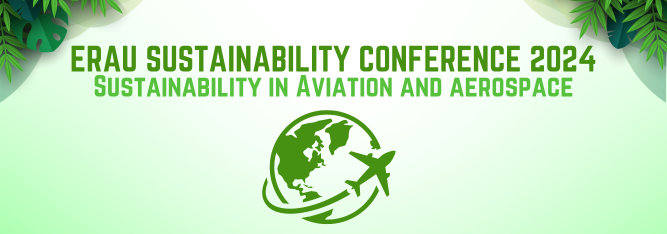
Evaluating Changes in Dune Vegetation and Elevation After Hurricanes Ian and Nicole’s Collision with Florida’s Central East Coast
Presentation Type
Invited Speaker
In Person or Zoom Presentation
In-Person
Location
Student Union Event Center
Start Date
18-11-2024 3:55 PM
Presentation Description/Abstract
The consecutive events of Hurricanes Ian and Nicole, in late September and early November 2022, brought severe erosion and infrastructure damages to the highly urbanized eastern coastlines of Central Florida. This study evaluated the under-examined impacts from these hurricanes on Volusia, Flagler, and St. Johns counties' barrier island systems, in particular the vegetated natural and armored dunes (i.e. seawalls). Taking a retrospective approach, high-resolution satellite imagery from Planet was used to classify dune vegetation into two classes and also generate vegetation metrics data (NDVI) for pre-, during, and post-storm events. In addition to vegetation analysis, this study examined pre- and post-hurricane LiDAR images to account for vertical changes in dune profiles. Results indicate that natural vegetated dunes had higher resiliency and vegetation recovery after the hurricane events than the armored dune infrastructure. Erosion was also more severe along armored dunes and the sand in front of the man-made infrastructure faced a 40% reduction when compared to the pre-hurricane elevation. With intensifying climate in mind, this study showed that Florida’s back-to-back hurricanes shortened the dune recovery period and likely exacerbated stress on this already weakened barrier island system. These results can be used to inform environmental engineering, hazard forecasting, and adaptive resiliency against future climate events.
Evaluating Changes in Dune Vegetation and Elevation After Hurricanes Ian and Nicole’s Collision with Florida’s Central East Coast
Student Union Event Center
The consecutive events of Hurricanes Ian and Nicole, in late September and early November 2022, brought severe erosion and infrastructure damages to the highly urbanized eastern coastlines of Central Florida. This study evaluated the under-examined impacts from these hurricanes on Volusia, Flagler, and St. Johns counties' barrier island systems, in particular the vegetated natural and armored dunes (i.e. seawalls). Taking a retrospective approach, high-resolution satellite imagery from Planet was used to classify dune vegetation into two classes and also generate vegetation metrics data (NDVI) for pre-, during, and post-storm events. In addition to vegetation analysis, this study examined pre- and post-hurricane LiDAR images to account for vertical changes in dune profiles. Results indicate that natural vegetated dunes had higher resiliency and vegetation recovery after the hurricane events than the armored dune infrastructure. Erosion was also more severe along armored dunes and the sand in front of the man-made infrastructure faced a 40% reduction when compared to the pre-hurricane elevation. With intensifying climate in mind, this study showed that Florida’s back-to-back hurricanes shortened the dune recovery period and likely exacerbated stress on this already weakened barrier island system. These results can be used to inform environmental engineering, hazard forecasting, and adaptive resiliency against future climate events.
